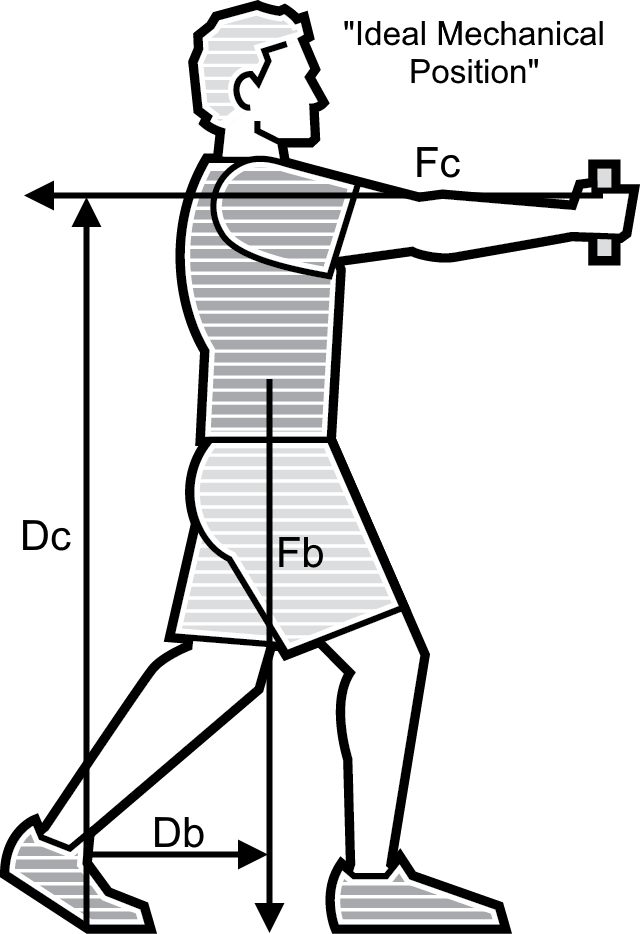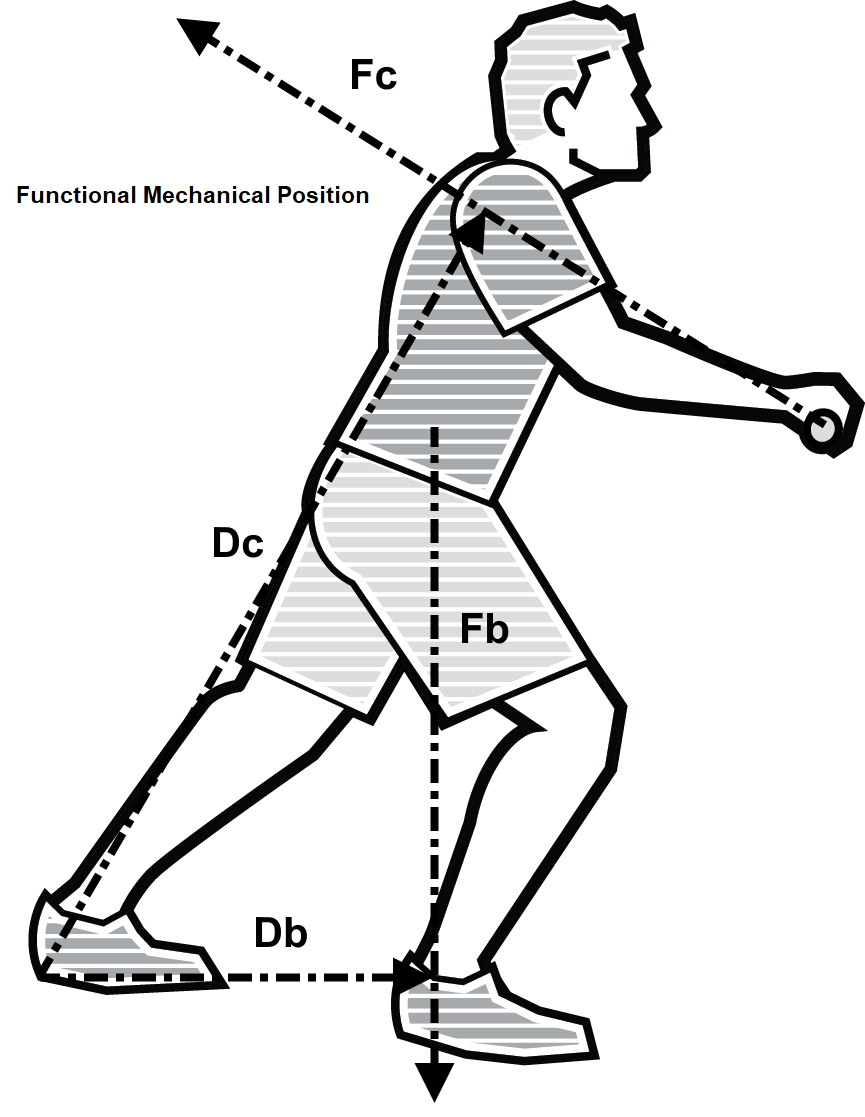The Fine Print 1 - Santana et. al.

Research, research everywhere, but no one stops to think! We’re intent on applying evidence-based methods, as we should, but does the evidence in a research study, or an interpretation of a study, always stand up to scrutiny? Will you simply accept what you read without question, or will you join us on a journey of wisdom through The Fine Print?
Ever get enticed by an ad to sign up for a new credit card or book a flight to Europe for pennies on the dollar? Sounds great, right? Until…you read The Fine Print; the flight requires three stopovers and you can fly only on the third Thursday in March. And by the way, the interest rate on the card is 87%. You can just hear the sad wha wha whaaaa of the trombones as you read it through...
When it comes to understanding research, we can find ourselves in a similar predicament. There are excellent studies executed under rigorous standards and others that offer exciting conclusions, but under closer examination, might lack clear scientific justification. How do you know which is which? If you’ve ever wanted to be able to identify the difference for yourself, join us in this episode, in which we systematically deconstruct a published journal article.
Dr. J and GG dive into a study, conducted by well-established fitness experts, who ask a very legitimate question, what is the difference in force production and muscle activation between a standing cable press and a bench press?
The duo begins with questions of their own. What’s the purpose of the research and why are the authors conducting this study? Is there a message they’re trying to deliver? Dr. J and GG then examine the study’s hypotheses, methods, results and conclusions. But before accepting the outcomes as presented by the authors, they go back through The Fine Print to see if all the dots align. Listen to this review, then use your own critical thinking skills to see what sense you make of it!
Also, please listen at the end of the episode for our call to action to join our study club! Send us a message on Instagram, @Fitnessforconsumption, and let us know what study you would like us to cover and you might just join us on the episode!
Topics discussed in this episode:
- A kinetic and electromyographic comparison of the standing cable press and bench press (citation below)
- Dr. J describes the different sections of a research studyThe purpose of methodology; providing a means of objectively answering a research question, without directly determining the outcome
- “Ideal mechanical position”
- What is an MVIC and why is it used?
- EMG data relevance
- Thoughts on results between the two conditions
- Future directions this type of study could take
Glossary
Abstract - A summary of a research paper that explains the hypothesis, methods, results and conclusions of the study
Hypothesis - A statement by the investigators of the study of what the study will demonstrate at the conclusion
Methods - A detailed explanation about the subjects, the tasks they performed, specific laboratory equipment used to collect data, investigative procedures and statistical analyses
Results - A tabular, and sometimes graphical, presentation of the research findings
Conclusion/Discussion - The investigators’ interpretation of their data, often editorialized, providing insights into how the data relate to their research question
Torque - A force whose tendency is to cause rotation
Axis of rotation - A point around which an object rotates
Predictive Biomechanical Model - An applied model used to predict the forces acting on a structure

The Predictive Biomechanical Model, based on the authors’ definition of an “ideal mechanical position,” is illustrated above. The two primary assumptions are that the subject is standing in an erect posture and the rear-most point of the back foot, in contact with the ground, is the pivot point of the body (if you’re unsure of this, try doing this press in the illustrated posture, alternately lifting your front foot and then your back foot. It will be very clear which leg is needed to maintain balance).
The task is to determine the maximum amount of force that can be applied through the cable (Fc) without causing the subject to fall backwards. Solving for Fc involves a simple balance equation:
Fc * Dc = Fb * Db
Where:
Fc = force of the cable
Dc = distance from cable to pivot point
Fb = body weight
Db = distance from line of gravity to pivot point
Let’s look at an example. A 150lb (Fb) subject holds the cable 4ft from the floor (Dc) and the distance from their pivot point to their line of gravity (Db) is 1.5ft. The balance equation is:
Fc * 4 = 150 * 1.5
Fc * 4 = 225
Fc = 225/4
Fc = 56.25
According to the balance equation, the subject can generate 56.25 lbs of force, or 37.5% body weight, before falling backwards (pretty close to the findings in the study). It’s also worth noting, that the subject is limited to a total of 56.25 lbs, regardless of whether one or two arms are used to develop cable force.

A Functional Biomechanical Model is illustrated at right. The same variables apply to this model, with Dc and Fb identical to the “Ideal Mechanical Position.” The main difference is Db, which is determined by the subject’s forward weight shift.
If the subject were to double the distance from the pivot point to the line of gravity (Db), then the equation would read:
Fc * 4 = 150 * 3
Fc * 4 = 450
Fc = 112.5
or
75% Body Weight
The more the subject leans forward, the more force they can produce through the arms and shoulders, thus making upper extremity strength and postural set equally important characteristics of performance.
Coincidentally, the more the subject leans forward, the more the force acting through the cable (Fc) is counterbalanced by the subject’s weight. Consequently, the flexor moment at the lumbar spine is significantly reduced, resulting in an attenuation of abdominal muscle activity above and beyond that which is required to stabilize the ribcage.
________________________________________
References
Duffey, M. and Challis, J. (2011). Vertical and lateral forces applied to the bar during the bench press in novice lifters. Journal of Strength and Conditioning Research. 25(9): 2442-2447.
Santana, J.C, Vera-Garcia, F.J., McGill, S. (2007). A kinetic and electromyographic comparison of the standing cable press and the bench press. Journal of Strength and Conditioning Research. 21(4): 1271–1279
Follow us on : IG @fitnessforconsumption


